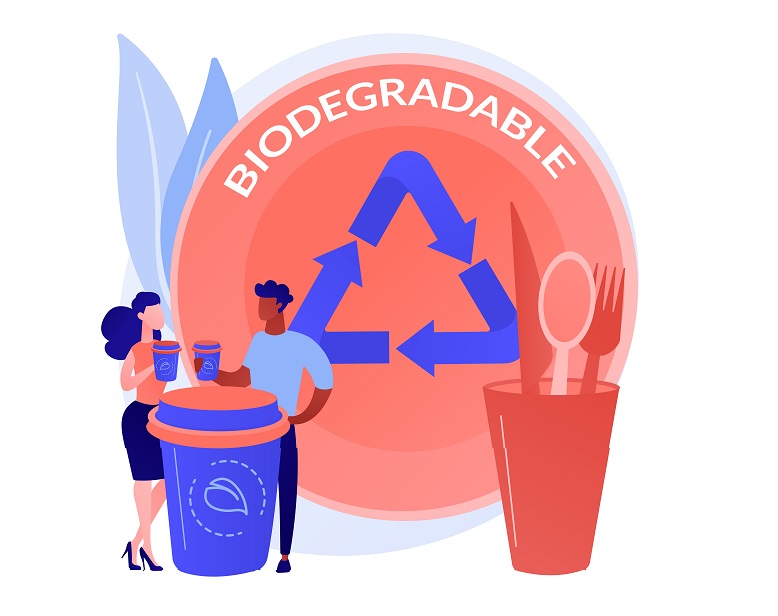Sustainable development presupposes the responsible and efficient management of natural resources for the future. It implies the conservation of the ecological balance without neglecting material progress.
Currently, different countries and governments are advancing in the implementation of sustainable development policies at the local or global level. Therefore, below, we will discuss examples of sustainable development that are being carried out in the world.
The consumerist rhythm that society leads cannot be solved by natural resources. While raw materials are in decline, the amount of garbage produced per year is on the rise.
Faced with a bleak outlook due to the depletion of natural resources, beyond sustaining commercial production, there is concern about the shortage of natural resources to meet the basic needs of the population.
For this reason, strategies must be put into practice for the sustainable use of the elements air, water, soil, flora and fauna. A culture of recycling should be fostered in society.
Recycling is the way in which the waste generated by humanity is used or renewed to make other materials. This in order to extend the useful life of inorganic waste, reduce the exploitation of raw materials and reduce the production of waste.
For example, instead of simply throwing away plastic bottles in the traditional way, where they will become one more number in the production of garbage, they can be recycled to obtain another article.
The main objective of recycling inorganic waste is to conserve natural resources, save water and energy, and reduce the amount of waste and environmental pollution.
Inorganic waste can be recycled to be transformed into reusable materials, such as containers, bags, bottles, etc.

Biodegradability allows some waste to break down into natural chemical elements in a relatively short period of time, which is why they are considered environmentally friendly. Manage them the right way with CJS Canecas.
Every day we produce a large amount of waste and throw it away or discard it. These substances include kitchen waste such as vegetable and fruit peels, cardboard, tea leaves, and many consumables such as juices, paper, old clothes, which can easily be broken down by bacteria or other decomposers.
These materials, substances and elements can be easily worn out by bacteria, and are called biodegradable substances. As there are tons of waste materials that are degradable and non-degradable, proper sorting and disposal of waste is necessary. Today we tell you how you should do the proper handling of this garbage.
Biodegradable garbage can be recycled and processed to be used as plant compost. It is composed of different materials of organic origin. With it you can make, for example, compost, which is used in agriculture and gardening.
Biodegradable refers to a product that is broken down into natural elements, carbon dioxide, and water vapor by organisms such as bacteria and fungi. Technically, almost everything is biodegradable, although most things will take hundreds of thousands of years to biodegrade.
To obtain a biodegradable label, products and materials must quickly break down into natural materials. Discover the benefits of biodegradable products below.
While biodegradable products are an environmentally friendly option, there are also some downsides. When biodegradable products are dumped in landfills, which happens when they are thrown in the trash, they are often buried. Beneficial bacteria cannot survive buried under garbage because there is too little oxygen.
As a result, biodegradable products break down anaerobically, meaning without oxygen, creating methane, a greenhouse gas that is bad for the environment. Some landfills collect the methane produced in their landfills and use it to generate electricity, but most do not.

Solar power plants take advantage of the sun light to produce electricity. It is a kind of clean and renewable energy.
Solar power plants are interconnected solar panel installations to capture light from the sun to transform it into electricity and supply cities, industries and more.
The solar panels on these plants have automated operation to follow the sun and generate milies of watts per second.
There are three types of solar power plants: which operate through photovoltaic cells, which do through central solar thermal and thermodynamic. This is because there are three ways to convert energy from the sun into electricity.
Photovoltaic systems are formed installations with photovoltaic solar panels absorb sunlight and through photovoltaic cells transform it into electricity, storing it in a battery bank.

IC INTERNATIONAL GROUP
Copyright © 2024. Todos los derechos reservados
to save your favourite homes and more
Log in with emailDon't have an account? Sign up
Enter your email address and we will send you a link to change your password.
to save your favourite homes and more
Sign up with emailAlready have an account? Log in